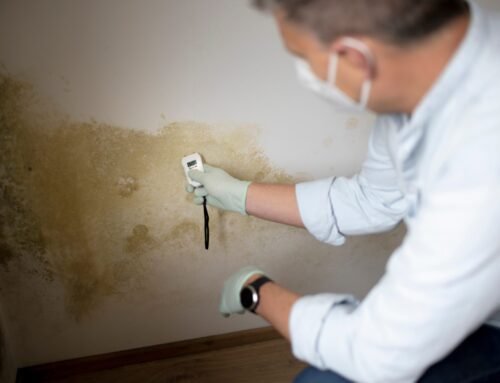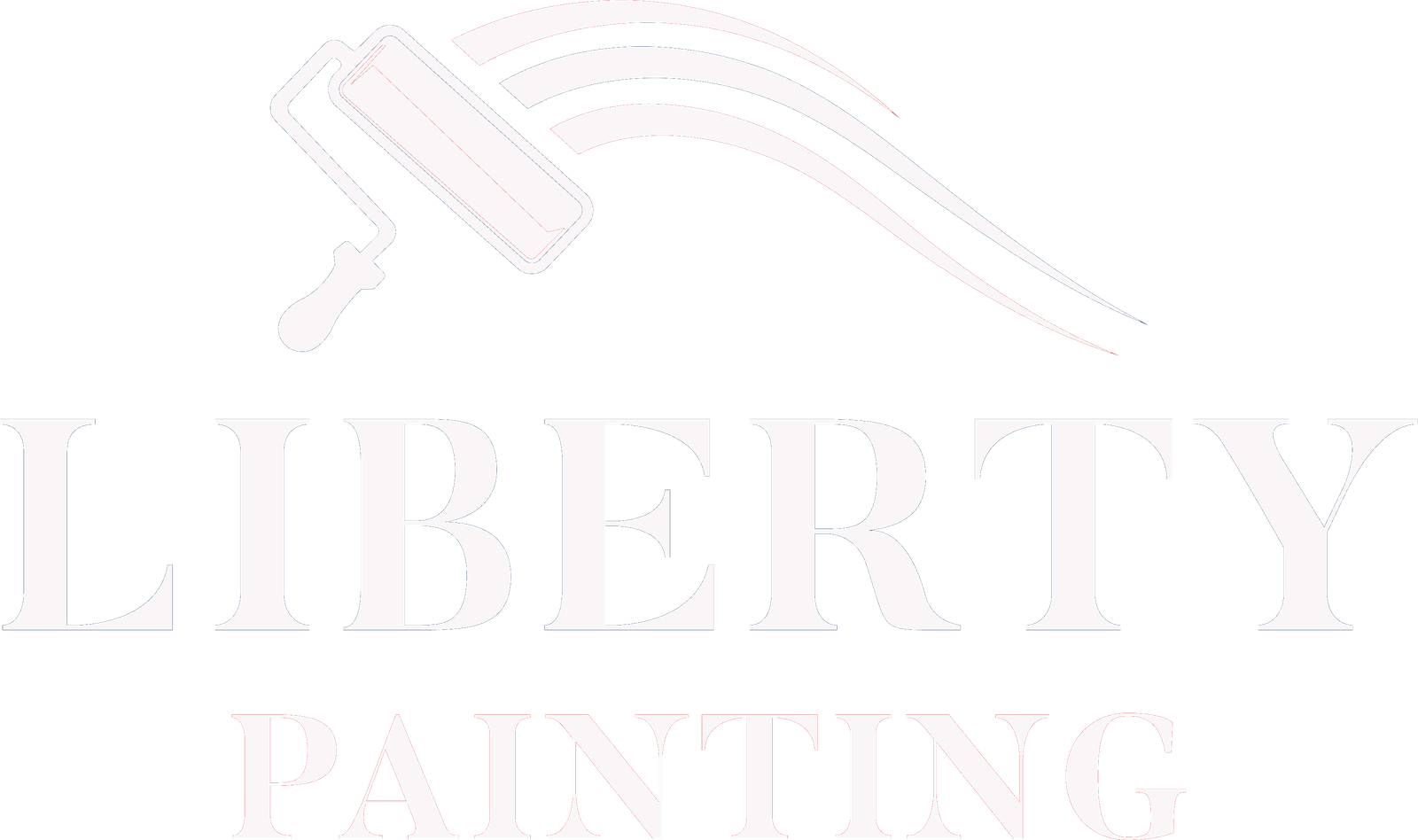
Imagine standing in front of a shelf filled with countless cans of paint, each promising the perfect finish for your project. It can be overwhelming, right? In this article, we’ll take you on a journey through the world of paints, focusing on the unique characteristics and benefits of oil paint, enamel paint, and wall paint. We’ll unravel the mysteries behind these choices, helping you understand which type will best suit your needs.
Which is which?
Whether you’re aiming for a durable, glossy finish or a quick and easy update, we’ve got the insights to guide you. By the end, you’ll feel confident in selecting the perfect paint for a stunning, long-lasting result. Let’s get started and make your next painting project a breeze!
Oil Paint

(Photo Credits: bestlpsm.shop)
Oil Paint is made using natural oils like linseed oil or synthetic alkyd oils. It gives a smooth, glossy finish that makes colors look vibrant. One of its standout features is its slow drying time, which lets you blend colors easily, but it also means you’ll need to wait longer between coats.
Oil paint is super durable and can withstand a lot of wear and tear, making it perfect for high-traffic areas and surfaces that need frequent cleaning. Artists love it for its blending capabilities and vibrant colors, while it’s also great for woodwork, trim, and even metal surfaces to prevent rust.
On the plus side, oil paint offers superior durability, excellent color depth, and a smooth finish. On the downside, it has a long drying time, a strong odor, and requires solvents like turpentine for cleanup.
Enamel Paint

(Photo credits: paintgnome.com)
Choosing enamel paint for your next project is a decision that promises both beauty and durability. Available in both oil-based and water-based options, enamel paint provides the flexibility to meet your specific needs. The oil-based variety offers a traditional, glossy finish that’s as tough as it is beautiful, while the water-based option is a modern, eco-friendly alternative with quicker drying times.
Enamel paint is renowned for its toughness, resisting chipping, cracking, and fading, and forming a hard, protective shell that stands up to frequent cleaning. This makes it the perfect choice for high-moisture areas like kitchens and bathrooms, where it can keep cabinets, doors, and trims looking fresh and new. Its high-gloss finish is also ideal for furniture, adding a touch of elegance and resilience.
For industrial applications, enamel paint proves its worth on machinery, tools, and metal surfaces. With benefits like high durability, moisture resistance, and easy cleaning, enamel paint is a superior choice despite the strong odors of the oil-based version and the slightly higher cost. Invest in enamel paint, and enjoy a finish that truly lasts.
Wall Paint

(Photo Credits: ecosolutions.co.uk )
Wall paint offers versatility and practicality for both interior and exterior surfaces, making it a top choice for home improvement projects. Typically water-based, with options for oil-based formulations, wall paint comes in a variety of finishes—from flat to gloss—that impact both aesthetics and durability.
Water-based paints dry quickly, allowing for efficient application and same-day transformations of your living spaces. While flat finishes are ideal for a soft, matte look, glossier options provide enhanced durability and easier maintenance, making them suitable for high-traffic areas.
Interior walls benefit from the decorative appeal of wall paint, while exterior formulations are designed to withstand harsh weather conditions and UV exposure. The pros include easy application, quick drying times, low odor (especially with water-based paints), and simple cleanup with soap and water. However, it’s important to note that wall paint may not be as durable as oil or enamel paints, particularly in areas prone to moisture or heavy use.
Key Differences at A Glance

(Photo Credits: nipponpaint.co.in)
When it comes to choosing the right paint for your project, understanding the key differences can make all the difference in achieving a flawless finish that lasts.
Base and Composition:
- Oil Paint: Crafted from either natural or synthetic oils, offering rich colors and enduring quality.
- Enamel Paint: Available in both oil-based and water-based formulations, providing flexibility in application and durability.
- Wall Paint: Predominantly water-based, although oil-based options exist to cater to specific needs.
Drying Time:
- Oil Paint: Known for its slow drying process, allowing for meticulous blending and color manipulation.
- Enamel Paint: Drying time varies; oil-based varieties provide extended workability, while water-based options dry swiftly for efficient project completion.
- Wall Paint: Water-based variants dry quickly, making them ideal for rapid room transformations without prolonged disruptions.
Finish and Durability:
- Oil Paint: Delivers a lustrous, durable finish that withstands time and elements, perfect for art and surfaces that demand resilience.
- Enamel Paint: Boasts a hard, glossy, or semi-glossy finish renowned for its durability and resistance to wear, making it suitable for demanding environments like kitchens, bathrooms, and industrial settings.
- Wall Paint: Available in a variety of finishes to suit different aesthetic preferences and functional needs, with durability varying according to the chosen finish.
Applications:
- Oil Paint: Essential for artistic endeavors, as well as enhancing woodwork and metal surfaces with a lasting, vibrant finish.
- Enamel Paint: Ideally suited for high-moisture areas and heavily used surfaces, offering superior protection and aesthetic appeal in kitchens, bathrooms, furniture, and industrial applications.
- Wall Paint: Versatile in application, suitable for transforming both interior and exterior walls and ceilings with ease, enhancing spaces with color and durability.
When in Doubt, Ask an Expert

(Photo Credits: timminspainting.com)
Deciding on the right paint can be daunting, but don’t worry—seeking help from experienced professionals is a smart move. Their extensive experience and expertise can guide you to the best paint choices for your specific needs.
Many people might consider taking the DIY route to save money, but there are several advantages to entrusting the job to a professional.
Efficiency: Painting projects can be incredibly time-consuming, especially for those without experience. By hiring a professional contractor, you save valuable time and ensure your project is completed efficiently. Professionals work swiftly and effectively, allowing you to enjoy your newly painted space without unnecessary delays.
Expertise: Professional painting contractors bring a wealth of knowledge and skill to the table. They understand various painting techniques, surface preparations, and color schemes, ensuring a flawless finish every time. Their expertise means your project will look polished and professional, enhancing the beauty and value of your space.
Safety: Painting isn’t just about brushes and rollers; it often involves working with ladders, scaffolding, and potentially hazardous materials. Professional contractors are trained in safety protocols and equipped to handle these challenges. They take the necessary precautions to prevent accidents, ensuring a safe working environment for everyone involved.
Our Final Say
Understanding the differences between oil paint, enamel paint, and wall paint is essential for selecting the right product for your specific project. Each type of paint offers distinct advantages and is suited to different applications. By considering factors such as drying time, finish, durability, and ease of application, you can choose the paint that best meets your needs and ensures a successful and lasting result.






